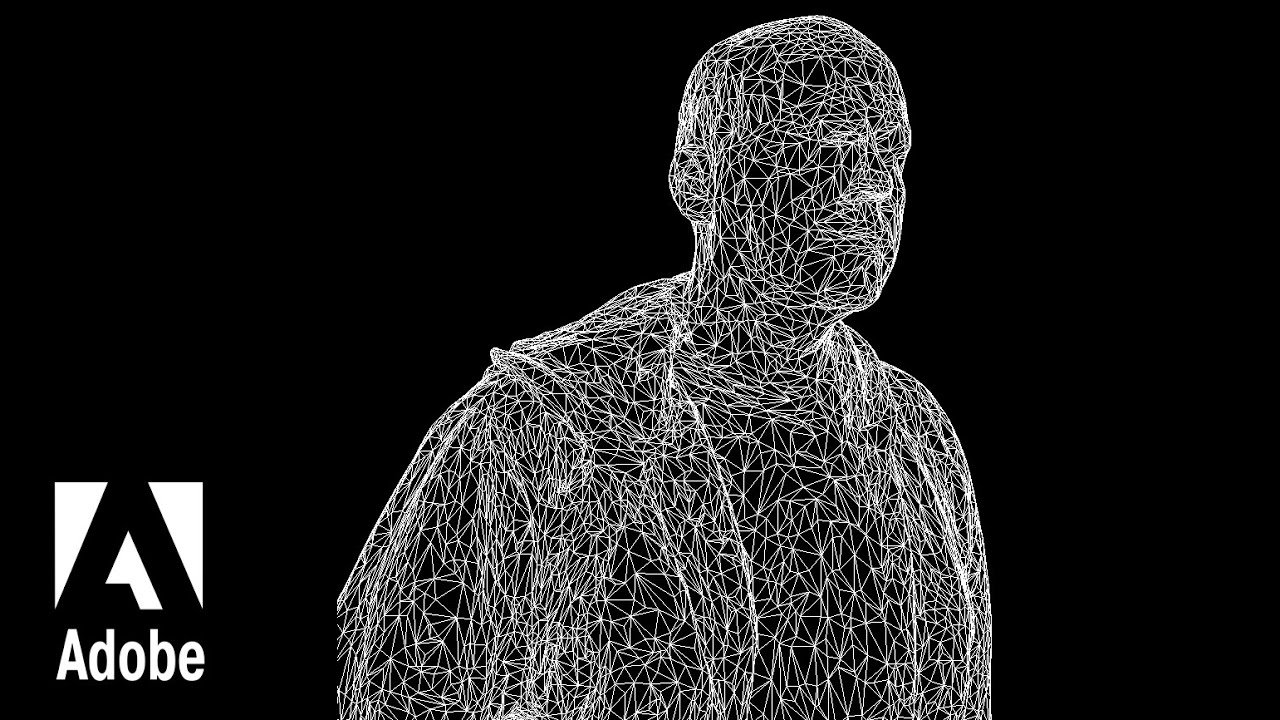
Introduction: Navigating the 3D Design Landscape
In the intricate realm of digital design, Adobe Photoshop CC 2015 emerges as a powerhouse, not only for its 2D capabilities but also for its robust 3D design features. Among these, the process of simplifying meshes stands out as a critical tool for designers seeking optimal performance without compromising on visual complexity. Join us on an extensive journey as we delve into the nuances of mesh simplification in Adobe Photoshop CC 2015, exploring its applications, techniques, and the impact it has on the ever-evolving landscape of 3D design.
Understanding Mesh Complexity: The Backbone of 3D Design
Before we embark on the journey of simplifying meshes, it’s crucial to comprehend the significance of meshes in 3D design. Meshes form the structural backbone of any 3D object, comprising interconnected vertices, edges, and faces that define its shape and surface. However, as 3D models grow in complexity, so does the intricacy of their meshes. This complexity, while contributing to visual richness, can pose challenges in terms of performance and resource utilization.
The Imperative of Mesh Simplification: Balancing Complexity and Performance
Mesh simplification arises as a necessity in the intricate dance between visual sophistication and optimal performance. Designers often encounter scenarios where a highly detailed 3D model, laden with intricate meshes, becomes computationally demanding. This is especially true in contexts such as real-time rendering, virtual environments, or scenarios where resource efficiency is paramount. Mesh simplification steps in as a strategic process to strike a balance, ensuring that visual fidelity is retained while computational overhead is minimized.
Navigating the Tools: Mesh Simplification in Adobe Photoshop CC 2015
Adobe Photoshop CC 2015, revered for its expansive toolkit, offers a robust set of features for 3D design, including mesh simplification. Delve into the software’s interface to uncover the tools and controls that empower designers to streamline meshes without compromising on the essence of their creations. From basic mesh adjustments to advanced simplification algorithms, Photoshop provides a spectrum of options, allowing designers to tailor the simplification process to their specific project requirements.
Techniques of Mesh Simplification: A Dive into Creative Optimization
Simplifying meshes isn’t a one-size-fits-all endeavor; it’s a nuanced process that demands a deep understanding of the desired outcome. Explore various techniques employed in mesh simplification, from decimation algorithms that intelligently reduce polygon count to manual adjustments that retain control over specific regions of a 3D model. Gain insights into the artistry of simplification, where the creative vision of the designer converges with the computational precision of the software.
Applications Across Industries: Mesh Simplification in Practice
The implications of mesh simplification extend across diverse industries where 3D design plays a pivotal role. From gaming and virtual reality to architectural visualization and product design, discover how the strategic simplification of meshes aligns with the specific demands of each sector. Real-world case studies illuminate the transformative impact of mesh simplification, showcasing scenarios where this process becomes a game-changer in achieving a delicate equilibrium between visual allure and operational efficiency.
Optimizing for Performance: The Performance-Visual Tradeoff
Mesh simplification, at its core, involves a tradeoff between performance and visual intricacy. Uncover strategies for optimizing 3D models for enhanced performance without sacrificing the essence of their design. Whether it’s preparing a model for real-time rendering, ensuring smooth interactions in virtual environments, or streamlining 3D assets for web-based applications, designers navigate the delicate balance between the allure of complexity and the imperative of optimal performance.
Challenges and Considerations: Navigating the Mesh Simplification Landscape
As designers venture into the realm of mesh simplification, they encounter challenges and considerations that shape their approach. From preserving essential details to addressing issues of texture mapping and UV unwrapping, the journey is rife with decisions that influence the final outcome. Dive into the complexities of mesh simplification, understanding the intricacies that demand a thoughtful and informed design approach.
Future Horizons: Mesh Simplification in Evolving Design Paradigms
As we conclude our exploration, cast a gaze into the future of mesh simplification within the context of evolving design paradigms. Anticipate how advancements in technology and shifts in design philosophies will influence the role of mesh simplification in upcoming iterations of design software. The journey doesn’t culminate here; it extends into a future where designers continually redefine the boundaries of what’s achievable in the realm of 3D design.
Conclusion: Mesh Simplification as an Art and Science
In conclusion, mesh simplification in Adobe Photoshop CC 2015 transcends the realm of mere computational optimization; it becomes an art form in itself. Designers wield this process as a potent tool to navigate the delicate balance between the intricacies of their creative vision and the demand for operational efficiency. As we navigate the complex landscape of 3D design, mesh simplification emerges as a guiding star, illuminating a path where the pursuit of visual brilliance harmonizes seamlessly with the imperatives of performance optimization. Embrace the art and science of mesh simplification, and let your 3D creations resonate with both beauty and efficiency in the digital realm.